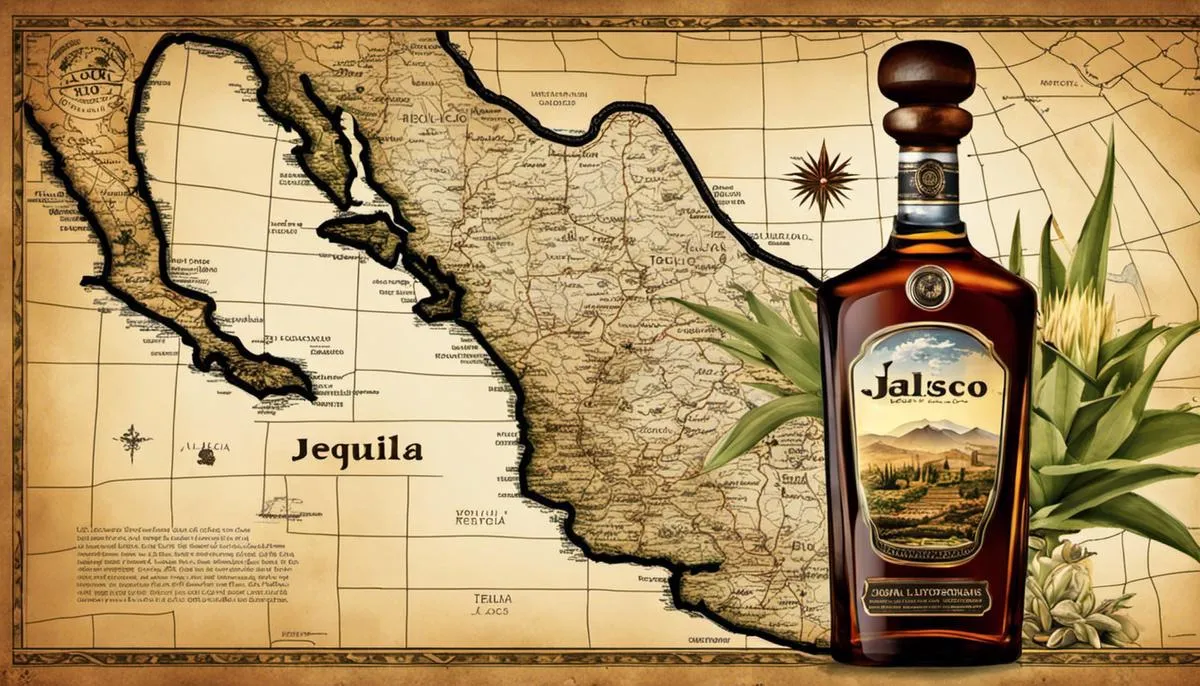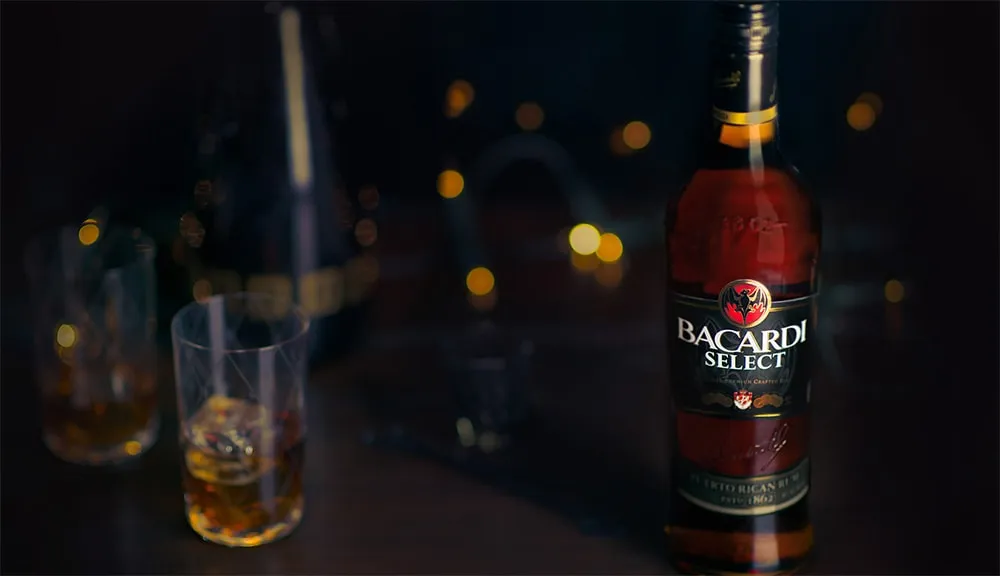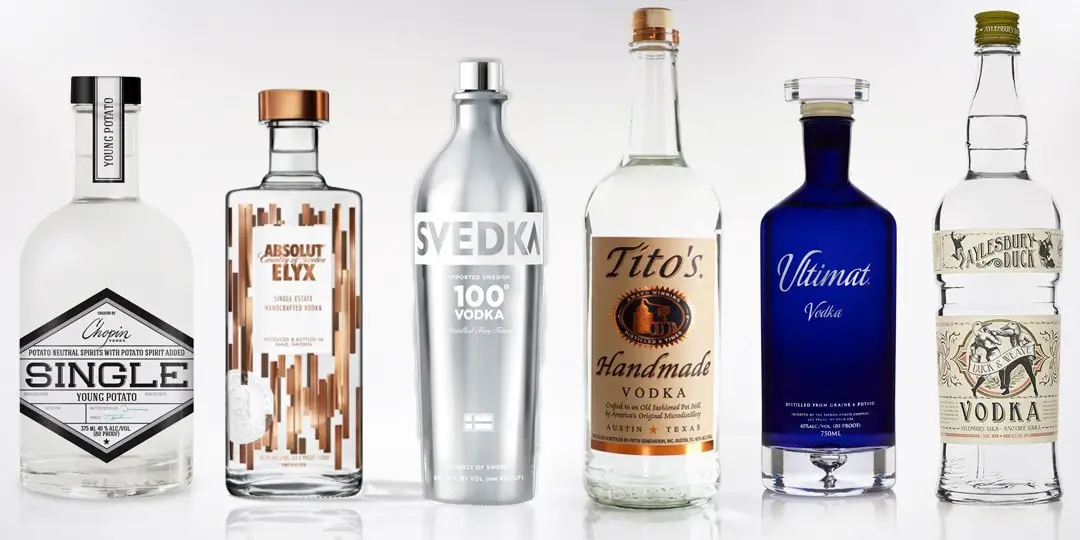Imagine embarking on an adventure that not only satisfies your thirst for exploration but also enhances your knowledge of one of Mexico’s most iconic beverages: Tequila. This journey begins in the heart of Jalisco, a region renowned for its ideal climatic conditions for the production of the world’s finest Tequila. As you dive deeper into the fascinating history of this spirited drink, you’ll understand why Jalisco’s red volcanic soil is a key ingredient in crafting this unique liquor. From the meticulous plantation of blue agave to the complexities of the distillation process, unravel the mysteries of how a humble plant morphs into the amber nectar loved globally.
Understanding Jalisco and its relation to Tequila
Exploring Jalisco
Jalisco is the seventh-largest state in Mexico, located along the Pacific coast in the western part of the country. The diverse landscape of this region varies from the stunning coastline scenes to the lush, blue-agave filled highlands. And it’s just these differing landscapes that contribute to Jalisco’s notable reputation as the birthplace and primary production region of tequila.
Climate and Conditions
The unique climate and geological conditions of Jalisco make it the perfect locale for the cultivation of the Blue Agave. The highlands, where much of Jalisco’s agave is grown, feature rich volcanic soils and cooler temperatures, which help produce a larger, sweeter agave with high sugar content. This, in turn, leads to a sweeter, fruitier tequila. On the other hand, the lowlands are hotter with less fertile soil, creating smaller agave with a more herbaceous flavor, resulting in a more earthy, robust tequila.
Blue Agave: The Star Ingredient
Tequila is made from the Blue Agave, and in accordance with Mexican law, tequila can only be produced in designated areas, with Jalisco being one of them. The Blue Agave grows in rows upon rows in Jalisco’s red, iron-rich soil under day-long sunshine, and takes anywhere from seven to twelve years to mature. When it does, it’s harvested by experienced farmworkers, known as ‘jimadores’, who trim the agave’s spiky leaves to reveal the heart, or ‘piña’, which is then taken to be cooked and distilled into tequila.
The History of Tequila Production
Tequila has deep roots in Jalisco, traced back to the indigenous Nahuatl people of the area, who used agave for food, fibers, and even to concoct a fermented drink. When the Spanish arrived in the 1500s, they began to distill agave, leading to the creation of what we now know as tequila. By the late 18th century, mass production of tequila began in Jalisco, with the Cuervo family leading the way. The production methods have evolved over centuries, from traditional ovens to modern stainless steel autoclaves, but the essence of tequila production remains constant- a blend of craft, tradition, and dedication.
Tequila Tours in Jalisco
If you are interested in experiencing the tequila crafting process firsthand, consider a tequila tour in Jalisco. Many of these tours visit the surrounding villages and distilleries where you can see agave being harvested, learn about the fermentation and distillation process, savor different types of tequila, and even learn to become a tequila expert by recognizing its distinctive flavors. These tours not only taste tequila but delve into its rich history, offering a deeper appreciation for this beloved beverage.
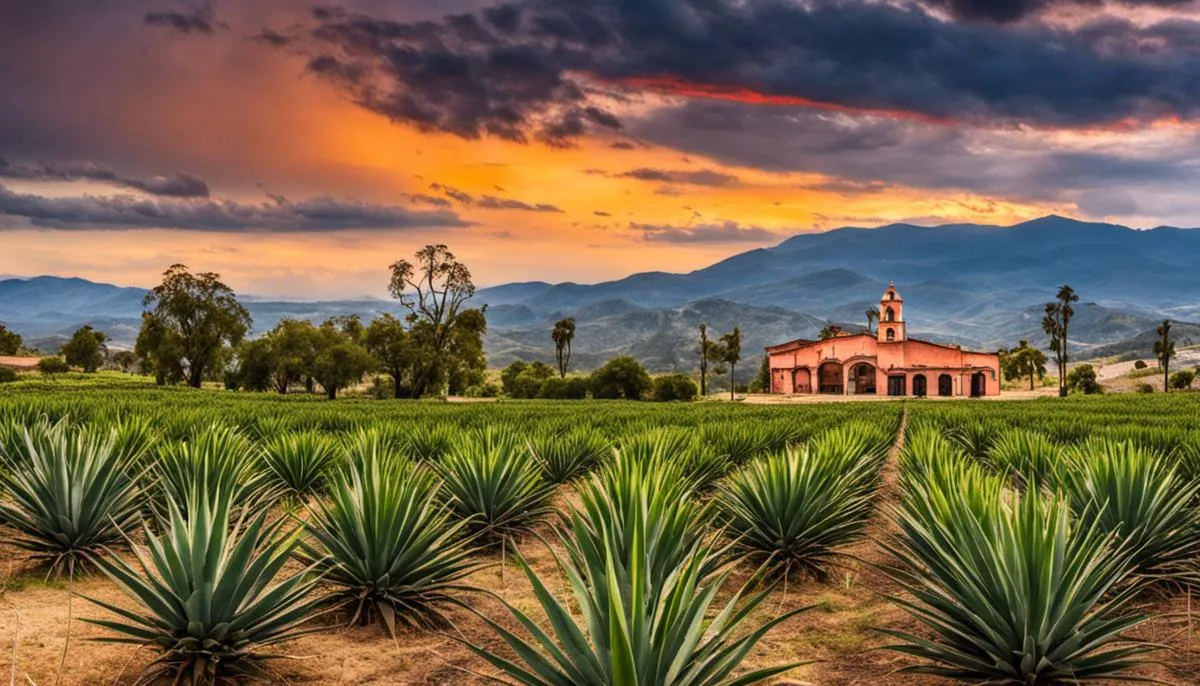
Tequila Production Process
The Starting Point: Planting the Blue Agave
Tequila production begins with the planting of the blue agave plant, a succulent native to Mexico. The plant takes between 8 to 12 years to mature fully. During this time, farmers known as ‘jimadores’ tend to these plants, ensuring they grow properly and are free from pests.
Harvesting the Blue Agave
Once the blue agave matures, the jimadores harvest the plant, an intricate task that requires great skill and years of experience. They use a sharp, flat-tipped tool called a coa to cut the leaves off the plant and extract the piña, the heart of the agave, which contains the rich, sweet nectar necessary for tequila production.
Cooking and Extraction Process
The harvested piñas are then baked in large ovens for around 72 hours to transform the plant’s complex fructans into simple fermentable sugars. Once baked, the agave is milled or crushed to extract the juice and pulp, which is called the ‘mosto’.
Fermentation and Distillation
After that, the mosto moves to large vats or tanks for fermentation. Yeast is added, which feeds on the sugars, producing alcohol. This process takes approximately two to three days to complete. The result is a fermented liquid called ‘tepache’. The tepache is distilled twice in a process that further refines and concentrates the alcohol and flavor compounds, thus giving birth to the tequila.
Aging and Maturation
Once distilled, the tequila enters its maturation phase. It is stored in oak barrels to absorb additional flavors and develop more complexity. If bottled immediately, it’s referred to as ‘blanco’ or ‘plata’. If left to age for two months to a year, it becomes ‘reposado’. Aging for one to three years will result in ‘añejo’, and anything aged over three years is ‘extra añejo’.
Bottling and Label Reading
Finally, the tequila is ready for consumption and is bottled. If the bottle says ‘100% de agave’, that means it’s made entirely from the blue agave plant, offering a purer flavor. Otherwise, it can be a ‘mixto’ – tequila made with at least 51% blue agave but also uses other sugars.
This journey from the field to a bottle of tequila reflects the rich tradition and meticulous care that goes into each drop of this renowned spirit.
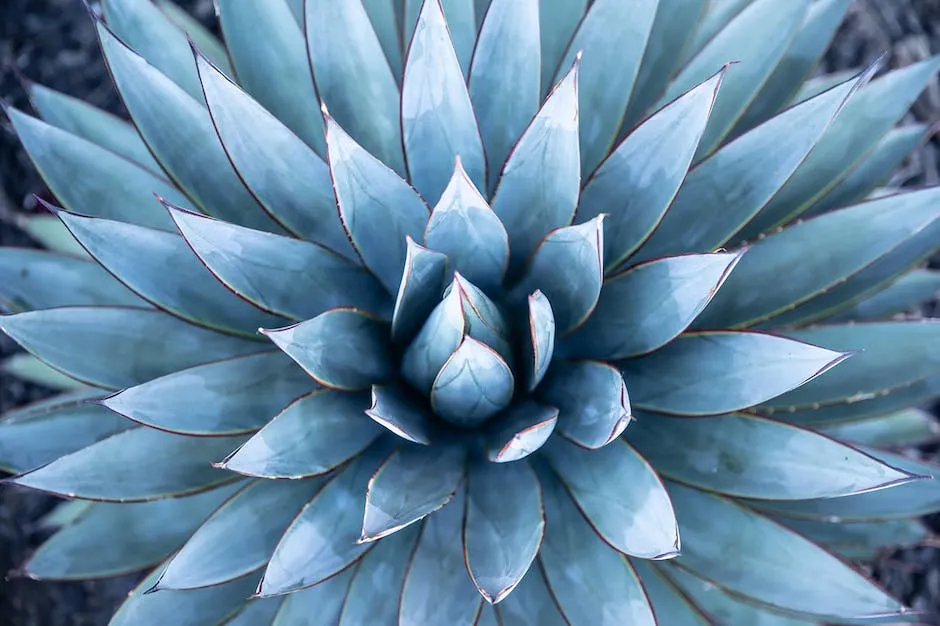
Planning Your Jalisco Tequila Tour
Identifying Major Tequila Producers in Jalisco
Topping the list of major tequila producers in Jalisco to visit are the Casa Herradura, the Jose Cuervo, and Patron. Both Herradura and Jose Cuervo offer incredibly rich history as they have been operational since the 18th and 19th centuries, respectively. Patron, on the other hand, is renowned for its premium tequila varieties. Other notable distilleries include Tequila Fortaleza and Tequila Ocho, known for their traditional processes and artisanal tequilas.
What to Look For in a Tequila Tour
When scanning for a tequila tour, there are several things that you should be aware of. Always opt for tours that provide an in-depth look into the process of making tequila, right from harvesting the agave plant to bottling the final product. Also, find tours that include a tequila tasting session led by a knowledgeable guide. Fun and educational activities, interaction with local craftsmen, and visits to agave fields are also worth looking out for.
Comparing and Booking Tequila Tours
There are numerous ways in which you can compare tequila tours. You could go by the word of mouth or rely on online reviews and ratings. Websites like TripAdvisor provide user reviews and ratings that can be beneficial while making a decision. In terms of booking, most tours can be booked online in advance. This comes highly recommended, especially during the peak tourist season. You can usually book directly through the distillery’s website or through a travel agency.
Making Travel Arrangements
The nearest major city to the tequila distilleries is Guadalajara. From Guadalajara, you can rent a car or hire a taxi to reach the town of Tequila where most distilleries are located. Alternatively, you could also book a guided tour that typically includes hotel pick-up and drop-off.
Safety Tips
While on your tequila tour, be cautious and responsible. The tasting sessions can sometimes be heavy, so make sure you eat properly before starting the tour. Also, have a designated driver if you’re driving or choose a tour that offers transportation. In the agave fields, stick to specified paths since the plants are sharp and can cause injury.
What to Expect During the Visit
During your visit to Jalisco’s tequila tours, you can expect a rich blend of history, culture, and of course, tequila. Be prepared to explore vast fields of blue agave, rustic distilleries, and traditional brick ovens. You will not only have the chance to taste various types of tequila but also learn how tequila is made, from agave cultivation to distillation and maturation. An added bonus could be a visit to the town of Tequila, where the spirit gets its name, to experience its unique charm and vibrancy.

After a detailed exploration, planning, and eventually living the Jalisco Tequila tour, rest assured that you will become not only a tequila appreciator but a connoisseur in your own right. You’ll be captivated by the rich heritage and tradition of tequila making in Jalisco, straight from the biggest names in the industry like Casa Herradura, Jose Cuervo, and Patron. And, armed with safety tips, travel arrangements, and a sense of what to expect, you’re set for an unforgettable, immersive tequila experience. Remember, as the heartland of this spirit, Jalisco doesn’t just offer a drink – it offers a story, a history, and a celebration of Mexican culture, all bottled in a glass of tequila.

